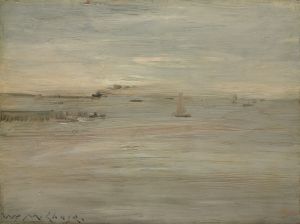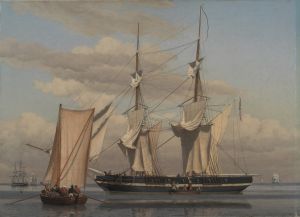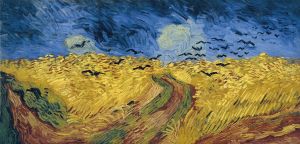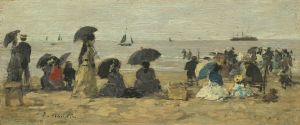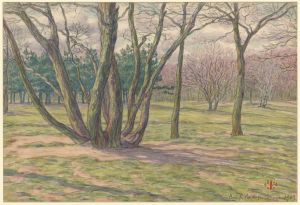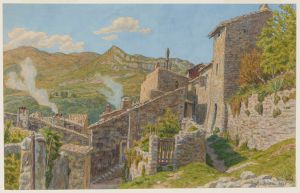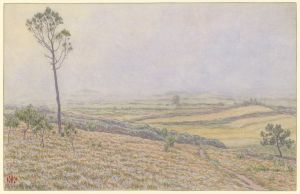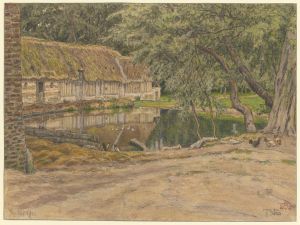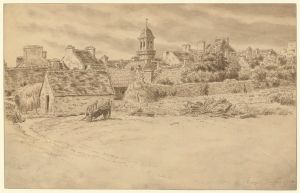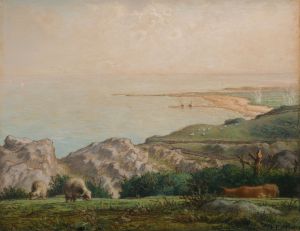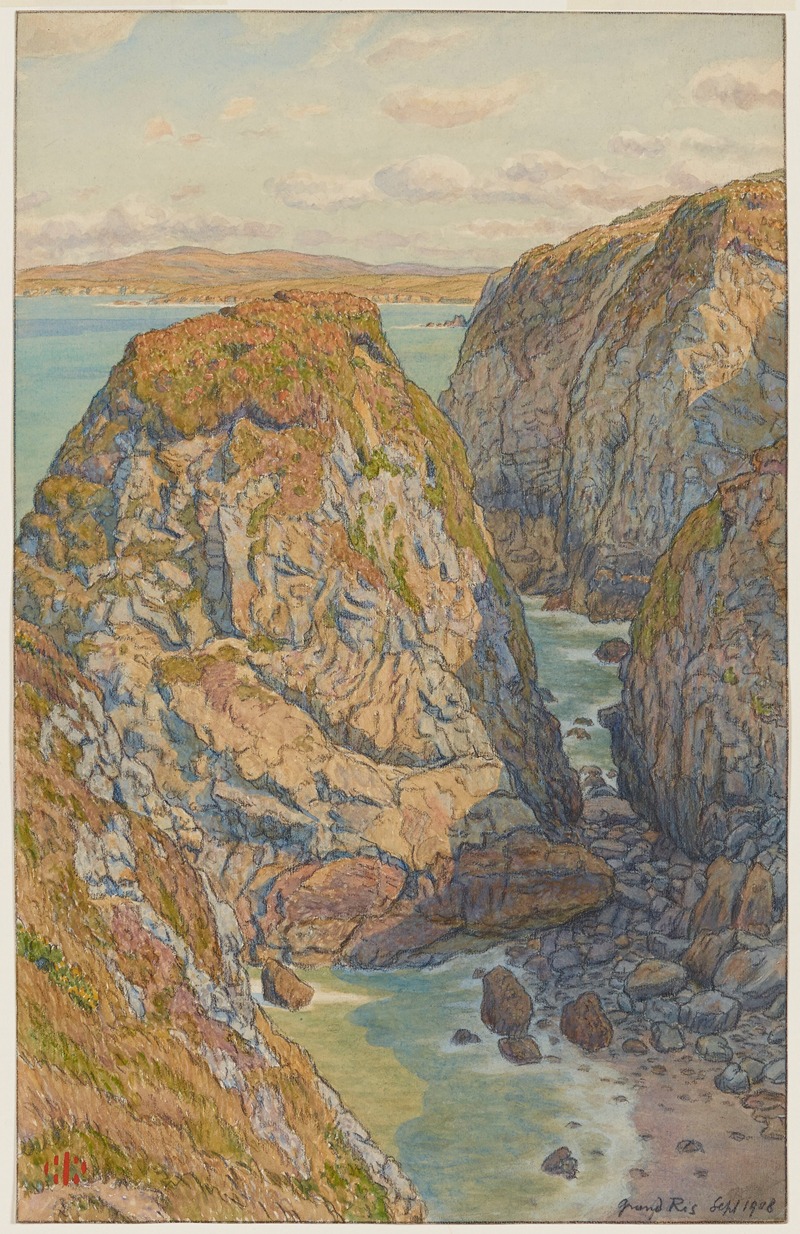
Falaises du Grand Ris.
A hand-painted replica of Henri Rivière’s masterpiece Falaises du Grand Ris., meticulously crafted by professional artists to capture the true essence of the original. Each piece is created with museum-quality canvas and rare mineral pigments, carefully painted by experienced artists with delicate brushstrokes and rich, layered colors to perfectly recreate the texture of the original artwork. Unlike machine-printed reproductions, this hand-painted version brings the painting to life, infused with the artist’s emotions and skill in every stroke. Whether for personal collection or home decoration, it instantly elevates the artistic atmosphere of any space.
Henri Rivière (1864-1951) was a French artist known for his contributions to the art of printmaking and his involvement in the Post-Impressionist movement. One of his notable works is "Falaises du Grand Ris," which translates to "Cliffs of Grand Ris." This piece is part of Rivière's extensive exploration of the French landscape, particularly the coastal regions.
Rivière was deeply influenced by Japanese ukiyo-e prints, which is evident in his use of bold lines, flat areas of color, and a focus on natural scenery. "Falaises du Grand Ris" exemplifies these characteristics, showcasing his ability to blend Western and Eastern artistic traditions. The work captures the rugged beauty of the cliffs along the coast, likely inspired by the dramatic landscapes of Brittany, a region in France that Rivière frequently depicted in his art.
The composition of "Falaises du Grand Ris" is marked by its dynamic interplay of light and shadow, as well as its meticulous attention to detail. Rivière's technique often involved the use of lithography, a printmaking process that allowed him to achieve a high level of precision and clarity in his images. This method was particularly suited to his style, enabling him to create intricate and evocative scenes that conveyed both the grandeur and the subtle nuances of the natural world.
Rivière's work, including "Falaises du Grand Ris," was part of a broader movement in late 19th and early 20th-century art that sought to capture the essence of the French landscape. His prints were well-received during his lifetime, and he exhibited alongside other prominent artists of the period. Today, Rivière is remembered as a key figure in the development of modern printmaking, and his works continue to be celebrated for their artistic and historical significance.
"Falaises du Grand Ris" stands as a testament to Rivière's skill and vision as an artist. It reflects his deep appreciation for the natural world and his ability to convey its beauty through the medium of print. The piece remains an important part of his legacy, illustrating the enduring appeal of his work and his contributions to the art of his time.





